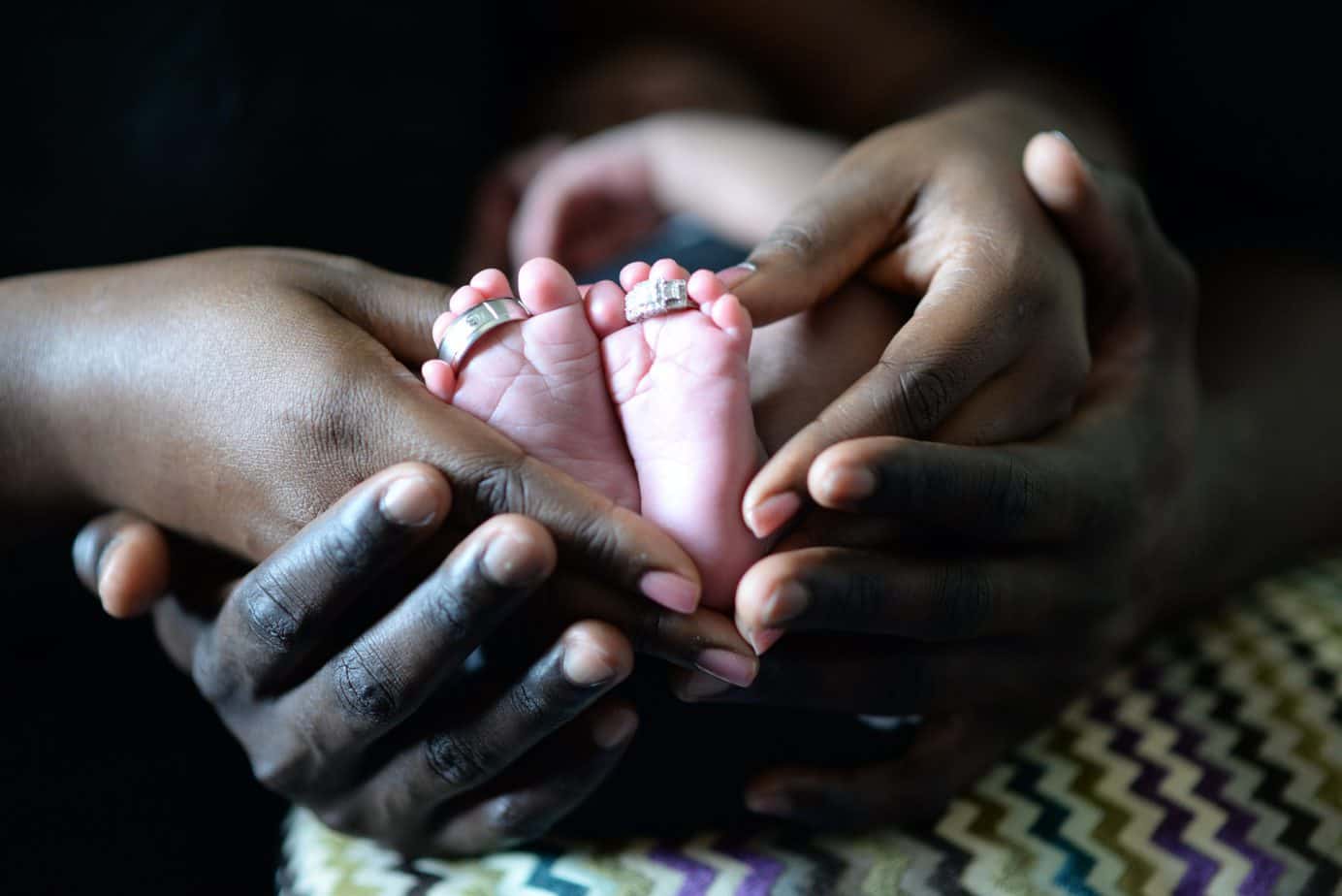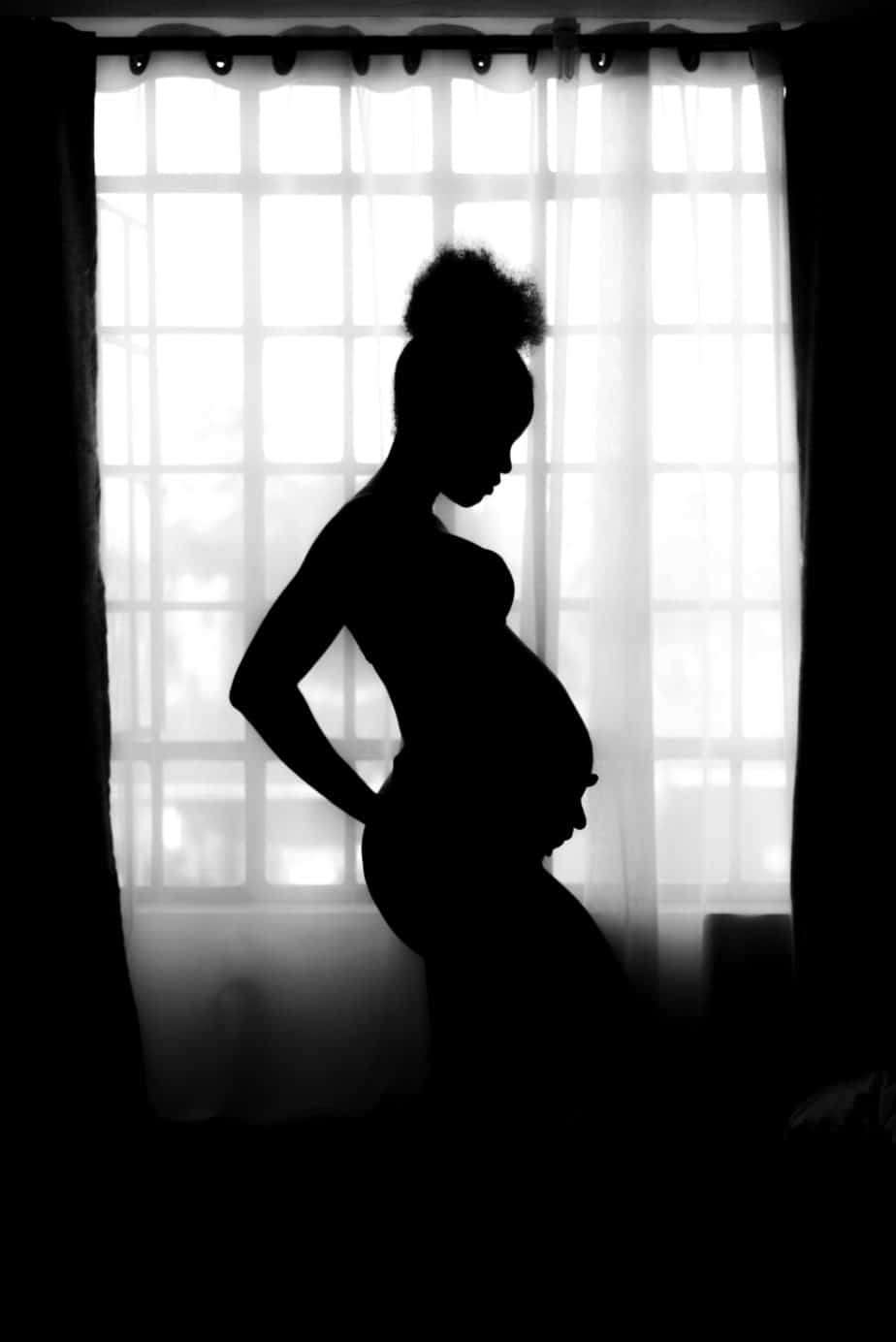Infertility Treatment Options

April 24-April 30 is National Infertility Awareness Week!
Long gone are the days where women were expected to get married and have countless children (in many cultures). Teenagers were often married off after their first menstrual cycle. Series like Bridgerton make light of how society once viewed these arrangements.
Bridgerton also broached the subject of infertility with its two main characters in the first season. This subject is something that globally 186 million individuals have experienced.
What is Infertility?
Current terms define infertility as difficulty conceiving after one year of trying, less if you are over 35. This works out to about 10-15% of couples. Broken down 1/3 is due to female causes, 1/3 male causes and 1/3 a combination of both.
We have discussed male and female infertility in previous blogs. This blog discusses what couples can do to combat infertility.
If a couple is unable to become pregnant after a year of trying each individual is evaluated. Both parties may do hormone and genetic testing, reproductive organs analyzed, biopsied and/or imaged. Testing can be invasive and uncomfortable.
In the majority of cases the issue is either:
- An ovulation problem
- A sperm production problem
- A mechanical blockage within the female reproductive system
In 5-15% of cases tests come back normal and the cause is frustratingly unknown.
Infertility Treatment Options
There are several options available for couples that struggle with infertility ranging from conservative lifestyle changes to an invasive surgical option depending on the circumstances.
The most conservative is lifestyle changes which includes:
- reducing alcohol
- reducing drug use
- smoking cessation
- regular exercise
- healthy diet
- improving timing and frequency of intercourse
The next step up in treatment involves medications. This includes:
- antibiotics for infections found (bacterial, STI’s)
- hormone therapy (improve ovulation and balance hormone levels)
- fertility medication to improve sperm count, quality and ejaculation
Surgical interventions that may be recommended include:
- resolving a variocele (men)
- reducing a blockage of the Vas deferens is present (for men)
- for sperm retrieval when sperm counts are low or sperm is abnormal
- to remove endometrial growth tissues (women).
Assistive Reproductive Technology (ART)
Conception can also be assisted with ART through:
- IUI (intrauterine insemination) aka the turkey baster method
- sperm is collected and placed into the uterus during ovulation
- Intracytoplasmic sperm injection (ICSI)
- a single healthy sperm is injected directly into a mature egg
- IVF (in vitro fertilization)
- the sperm and egg are fertilized in a lab and allowed to grow
- The embryo is placed into the uterus in hopes it attaches to the uterine wall
- GIFT (gamete intrafallopian transfer)
- the sperm and egg are collected and placed in a fallopian tube
- ZIFT (zygote intrafallopian transfer)
- the sperm and egg are fertilized in a lab and the fertilized egg is placed into a fallopian tube at 24 hrs
- Assisted hatching
- the outer covering of the embryo is opened to help it attach onto the uterine wall
ART can be done with donor eggs or sperm or both. Women who have difficulty carrying can have another woman carry the couples embryo. ART changes and adjusts all the time as more techniques are developed to improve the odds of a successful pregnancy.
Where does pelvic physical therapy come into play?
Pelvic health physical therapy has played a significant role in helping women and men who have mechanical blockages within their reproductive systems.
This includes:
- endometriosis
- PCOS (polycystic ovarian syndrome)
- fallopian tube occlusion
- pelvic inflammatory disease
- elevated FSH (follicle stimulating hormone)
How does pelvic physical therapy help?
Pelvic health physical therapists are uniquely trained to identify and mobilize tightness within the pelvic organs including the uterus, fallopian tubes and ovaries. This is part of the realm of visceral mobilization (organ mobility). This is typically done over the lower abdomen through non invasive manual techniques on the skin (externally). Pelvic health physical therapists can also reduce adhesions and tightness internally within the pelvic floor muscles improving the strength, tone and circulation.
The Science Behind Manual Therapy
Manual therapy aims to reduce any adhesions between organs to allow natural organ alignment and movement and reduce mechanical blockages so the egg can reach the uterus and implantation can occur.
When combined with ART, manual therapy techniques have been successful in assisting women with fertilization 40-60% of the time in PCOS, endometriosis, elevated FSH and/or fallopian tube occlusion than using just ART alone. In another study manual therapy was shown to give a 3.2:1 better odds of becoming pregnant when compared to no treatment for women with mechanical adhesions or blockages present. One study broke down the rate of pregnancy amongst specific conditions. The results were:
- 60.85% rate of clearing occluded fallopian tubes, with a 56.64% rate of pregnancy
- 42.81% pregnancy rate in endometriosis
- 53.57% of the women with polycystic ovarian syndrome (PCOS)
- 49.18% for lowering elevated levels of follicle stimulating hormone (FSH), with a 39.34% pregnancy rate
The reported pregnancy rate for patients who later underwent IVF after the therapy was 56.16%.
In men, manual therapy techniques aim to reduce adhesions and restrictions within the reproductive system and pelvic floor muscles to improve tone, strength and increase circulation into the penis.
We Can Help!
Body Harmony Physical Therapy offers up to one hour treatment sessions in a private treatment room. We recommend getting a referral from your MD before starting. Pelvic physical therapy should be timed before invasive fertility treatment options are carried out like IUI, IVF etc so that the biomechanical blockages are worked on beforehand.







